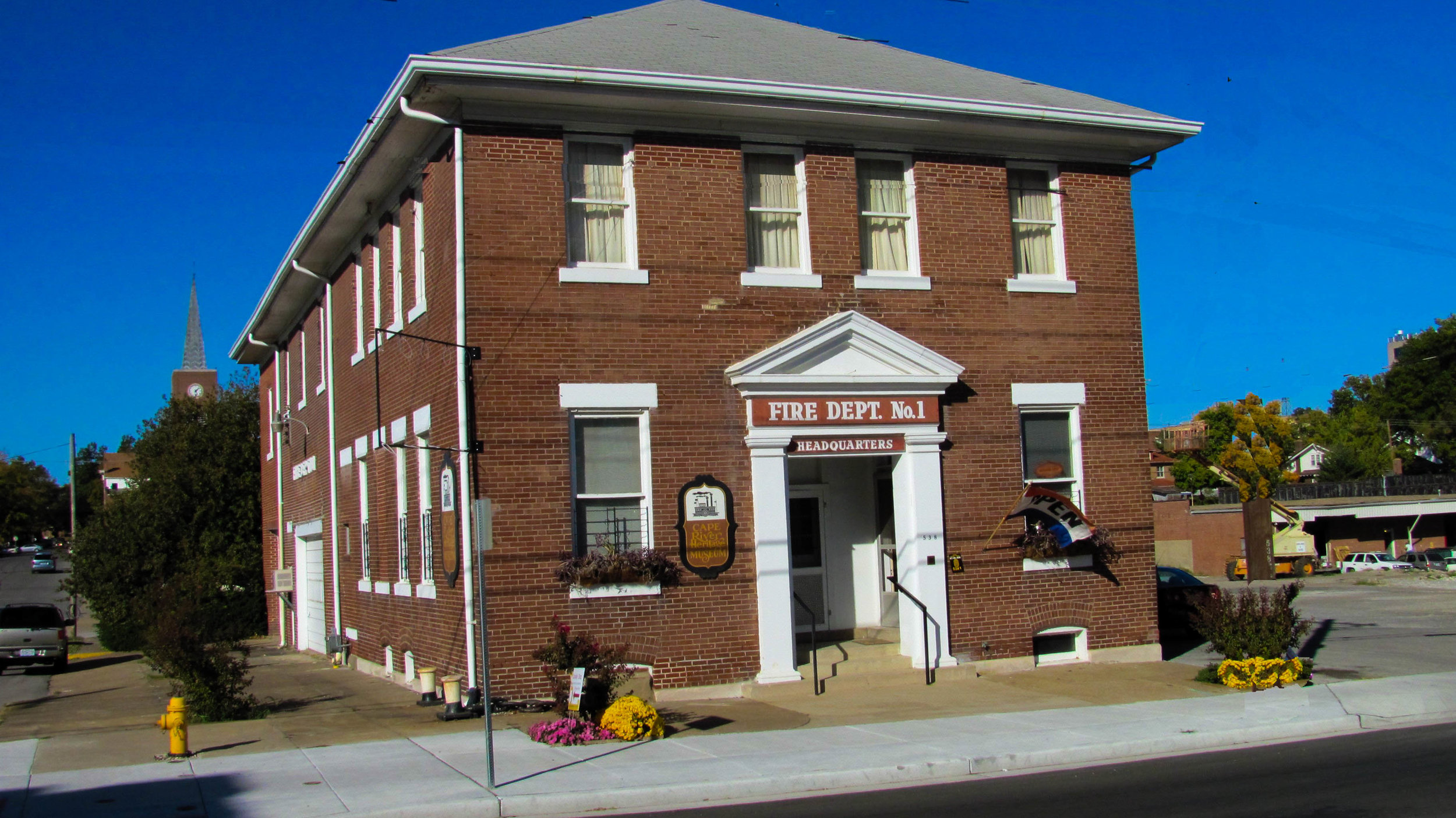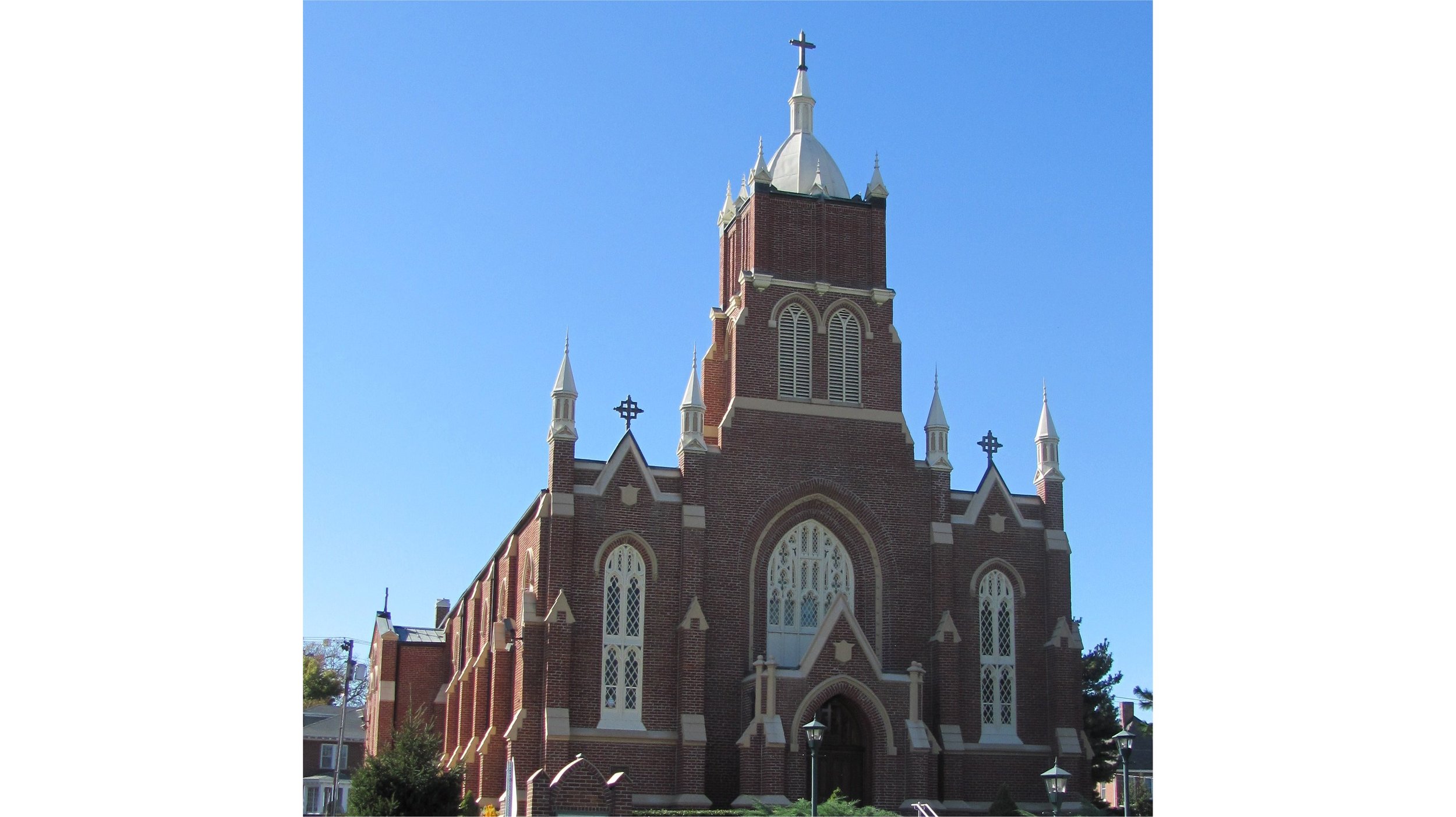Visitors Guide to Attractions
Cape Girardeau and Jackson
Cape Girardeau County, Missouri
Visitors to Cape Girardeau County will find an abundance of attractions of all varieties. The city of Cape Girardeau itself boasts a number of historical and cultural museums including the Crisp Museum, Cape River Heritage Museum, the Glenn House, and Lorimier's Trading Post. Bollinger Mill State Historic Site near Jackson is unusual in that it features both a workable mill and a covered bridge, side by side. The Cape Girardeau Conservation Nature Center showcases the rich cultural history and diverse natural resources of Southeast Missouri. Trail of Tears State Park offers camping, fishing, swimming, hiking, backpacking, primitive camping and equestrian pursuits.
Bollinger Mill State Historic Site
Burfordville, Missouri
Bollinger Mill State Historic Site is unusual in that it features both a workable mill and a covered bridge, side by side. The Burfordville Covered Bridge is the oldest of the four covered bridges still remaining in Missouri. The site features a tree-shaded picnic area, a quarter-mile of stream bank, fishing in the Whitewater River, and a historical cemetery. The first floor of the mill is accessible and self guided with interpretive labels. Interpreters are available to provide information and answer questions. The side-by-side historic structures provide an excellent setting for artists and photographers.
Capaha Rose Garden
Cape Girardeau, Missouri
Cape Girardeau was once known as the City of Roses. In the 1940s, an incredible garden lined Highway 61 between Cape Girardeau and Jackson. A present-day reminder of those bygone days is the Capaha Rose Garden that is maintained by the Council of Garden Clubs that maintain 42 beds devoted to over 200 varieties of roses and almost 1,000 plants.
Cape Girardeau Murals
Cape Girardeau, Missouri
Murals have become a popular way for communities to exhibit their heritage and culture. Cape Girardeau has a large number of murals that make visiting them an attraction of their own. In Cape Girardeau the floodwall along Water Street of the old downtown district has become a canvas for Chicago artist Thomas Melvin’s Mississippi River Tales. This mural features 24 panels that tell Cape Girardeau’s stories, from the Native Americans to the Civil War and beyond. Other murals in the downtown district include the Southeast Missourian’s Tile Murals, the Coca-Cola Mural, the University Mural, the Bicentennial Mural, the Heritage of Music Mural, and the Missouri Wall of Fame.
Cape Girardeau Nature Center
Cape Girardeau, Missouri
The Cape Girardeau Conservation Nature Center showcases the rich cultural history and diverse natural resources of Southeast Missouri. Indoors, the nature center features hands-on exhibits for all ages, a 160-seat auditorium, three classrooms, a scientific research laboratory, freshwater aquariums, an indoor wildlife viewing area, and a gift shop. The nature center grounds include gardens featuring native wildflowers, a Kid's Fishing Pond, and nature hiking trails that rolling river hills with sinkholes, deep hollows, and ravines covered with prominent stands of poplar and oak. The grounds include a hummingbird garden, native plant landscape, a reconstructed swamp and a demonstration marsh.
Cape River Heritage Museum
Cape Girardeau, Missouri
The Cape River Heritage Museum located in an old police and fire station and is dedicated to preserving and celebrating the unique character of southeastern Missouri. The museum hosts ever-changing exhibits, educational programs, special tours, community, and social events that are open to families, school groups, organizations, tour groups and the general public.
Rosemary Berkel and Harry L Crisp II Museum
Cape Girardeau, Missouri
The Rosemary Berkel and Harry L Crisp II Museum is located at Southeast Missouri State University's new River Campus. This museum features fine art exhibitions and interpretive regional history displays. The Museum Theatre runs a seventeen-minute video introducing visitors to southeast Missouri’s rich natural and human history. The Permanent Exhibition Gallery displays, artifacts, and multimedia installations explore aspects of the region’s geology, pre-history, transportation, agriculture, and Civil War battles. The Temporary Exhibition Gallery features changing exhibitions displaying works by local, regional, national, and international artists.
Fort D
Cape Girardeau, Missouri
Cape Girardeau was one of the most fortified cities in the United States during the Civil War. Today all that remains of Cape Girardeau’s fort system is Fort D overlooking the Mississippi River. Fort D consisted of earthwork walls with a palisade wall of upright logs along the rear that was pierced by a gate. In 1936 the local American Legion purchased the fort as a public park for the city. The Works Project Administration agreed to perform restoration on the earthworks and improvements in the form of a replica powder house. Major stabilization and improvements to the site began in 2005 with new interpretive signs and the fort being used as a site for Civil War living history.
Glenn House
Cape Girardeau, Missouri
The Glenn House is a vernacular farmhouse style house that was completed in 1883. Listed on the National Register of Historic Places the house is currently owned by the Historical Association of Greater Cape Girardeau. The house has been faithfully restored and has many original architectural features. Authentic period furniture graces its restored rooms depicting late Victorian life around 1900.
McKendree Chapel
Jackson, Missouri
The Old McKendree Chapel, a national Methodist shrine, was the second meeting house constructed by the Methodists in Missouri and is regarded as the oldest Protestant church structure standing west of the Mississippi River. The Old McKendree Chapel is situated on two pastoral acres in a grove of oak and maple trees. With the trees providing shade and the spring at the base of the rise dispensing refreshing cold water, this peaceful setting was an ideal location for camp meetings with the first meetings being held on the site as early as 1806.
Old Bridge Overlook
Cape Girardeau, Missouri
In the summer of 1928 a bridge was built across the river and was hailed as “The Gateway to the Ozarks.” This bridge was built for the cars of the day and was only 20 feet wide and big trucks routinely bumped mirrors when they passed each other. After a new bridge was opened in 2003 the portal of the old bridge was left standing. This portal has since been incorporated into a river overlook as part of the new River Campus of the Southeast Missouri State University. This overlook includes a viewing scope that provides a commanding view of the Mississippi River and there is access to the River Campus Trail.
Old St. Vincent’s Church
Cape Girardeau, Missouri
Old St. Vincent's Church was built in 1853 on the original site of the Louis Lorimier's Red House. Old St. Vincent's Church Renaissance architecture, referred to as English Gothic Revival style, is a rare example of this style of church in America. The church was slated for destruction when a new parish church was built in 1976 but a small group of people set about to save the original parish church. Restorations have included both interior and exterior renovation. The church is open for Mass on Sundays and for group guided tours by appointment.
Red House
Cape Girardeau, Missouri
At the turn of the 19th century Lorimier's Trading Post was the largest and most well known trading post between St. Louis and Memphis. Traders, Native Americans, and local residents came to the post to either buy or trade for needed goods. Lewis Meriwether stopped by Lorimier's trading post for supplies in 1803. The Red House Interpretive Center is a replica of a French Colonial style home built for the Cape Girardeau Lewis & Clark Bicentennial Commemoration. The Center also interprets different aspects of life at the turn of the 19th century.
Trail of Tears State Park
Jackson, Missouri
Trail of Tears State Park is a memorial to the members of the Cherokee tribe that lost their lives during their forced relocation in the winter of 1838-39. The peaceful, serene setting and the abundance of recreational opportunities of the 3,415-acre park are in sharp contrast to the tragic history that gives the park its name. The park preserves the native woodlands much as they appeared to the Cherokee. Mature forests cover much of the park, which is characterized by sharp ridges and steep ravines. Located directly on the Mississippi River, visitors can view the plentiful wildlife, including white-tailed deer, turkeys, hawks and foxes. The park offers camping, fishing, swimming, hiking, backpacking, primitive camping and equestrian pursuits.
Cape Girardeau Outdoor Sculpture Exhibition
Cape Girardeau, Missouri
The Cape Girardeau Outdoor Sculpture Exhibit is a juried exhibit led by the Public Art Committee. This group consisted of representatives from the Arts Council of Southeast Missouri, Old Town Cape, Cape Girardeau Area Chamber of Commerce, and the City of Cape Girardeau. The location of the exhibition will be along the Broadway Corridor, a nine-block span in downtown Cape Girardeau, Missouri. The Public Art Exhibition has been identified as yet another dynamic revitalization strategy to elevate the arts community within the region, as confirmed by the success of previous exhibits.
River Campus Art Gallery
Cape Girardeau, Missouri
The River Campus Art Gallery is part of the Earl and Margie Holland School of Visual and Performing Arts on the beautiful new River Campus of Southeast Missouri State University. The 1,275 square-foot gallery space is located in the historic Seminary Building, a renovated space that houses offices, studios and classrooms for the Departments of Art, Music and Theater and Dance. The River Campus sits on the banks of the Mississippi River adjacent to a beech-shaded park with walking paths, a gazebo and sweeping views of the river.
St. Louis Iron Mountain and Southern Railway
Jackson, Missouri
Come take a ride back in time on the St. Louis Iron Mountain & Southern Railway. Relax in one of two 1925 coach cars or a 1950s streamliner pulled by a "Pennsylvania Diesel #5898" E8 built in 1950. Let the sights and sounds of the historic "Iron Mountain" line spirit you away to the glory of the passenger train era. The St. Louis Iron Mountain & Southern Railway, the region's only full size passenger train, has become a "must" for rail fans and those too young to remember the adventure that accompanied train travel.
Nearby Attractions
Perry County, Missouri
Perry County is a county that typifies rural Missouri. The history of early Missouri can be explored at such locations as the Lutheran Heritage Center, St. Mary's of the Barrens, and the Saxon Lutheran Memorial. Tower Rock Conservation Area provides a viewing platform that offers a scenic view of Tower Rock, a small landmark limestone noted by early explorers such as Marquette and Joliet and the Corps of Discovery. A day trip through Perry County in autumn will reward visitors with plenty of splashes of color amidst the rolling farmland.
Scott County, Missouri
Culture history and nature can all be found in Scott County. The Sikeston Depot was revitalized and became the Sikeston Historical and Cultural Center containing a historic museum and an art gallery. Sikeston offers a driving tour of more than 24 magnificent homes constructed during the early 1900s. Just outside of Sikeston is the Southeast Missouri Agriculture Museum, which boasts the state´s largest collection of antique farm machinery. The General Watkins Conservation Area contains a forest type more closely resembling Appalachian than Missouri forests.
Alexander County, Illinois
Alexander County is the southernmost county in Illinois and is the site of the confluence of the Mississippi and Ohio Rivers. The rivers played a major role in the history of Alexander County and these aspects can be explored at the Cairo Custom House Museum and Magnolia Manor. Horseshoe Lake State Fish & Wildlife Area contains a 2,400 acre shallow oxbow lake which reminds visitors of the Deep South with its abundance of bald cypress, tupelo gum, swamp cottonwood trees, and wild lotus.
For Travelers Heading Up the River
French Colonial Country
Up river of the Meeting the Ohio River region is French Colonial Country. This five county area was heavily influenced by the French fur traders who inhabited the region from 1700 to 1840. Attractions include the town of Ste. Genevieve with the largest concentration of French Colonial architecture in North America, Forts de Chartre and Kaskaskia in Randolph County, and the Cahokia complex in St. Clair County.
For Travelers Heading Down the River
The Upper Delta of the Mississippi River
The cypress swamps associated with the southern Mississippi can be experienced at Wapanocca National Wildlife Refuge and Reelfoot Lake. New Madrid’s riverfront district has several interesting museums and historical sites. Although inland, the high country along Crowley's Ridge Parkway National Scenic Byway is actually the natural western boundary of the Mississippi and features a number of state parks.

































